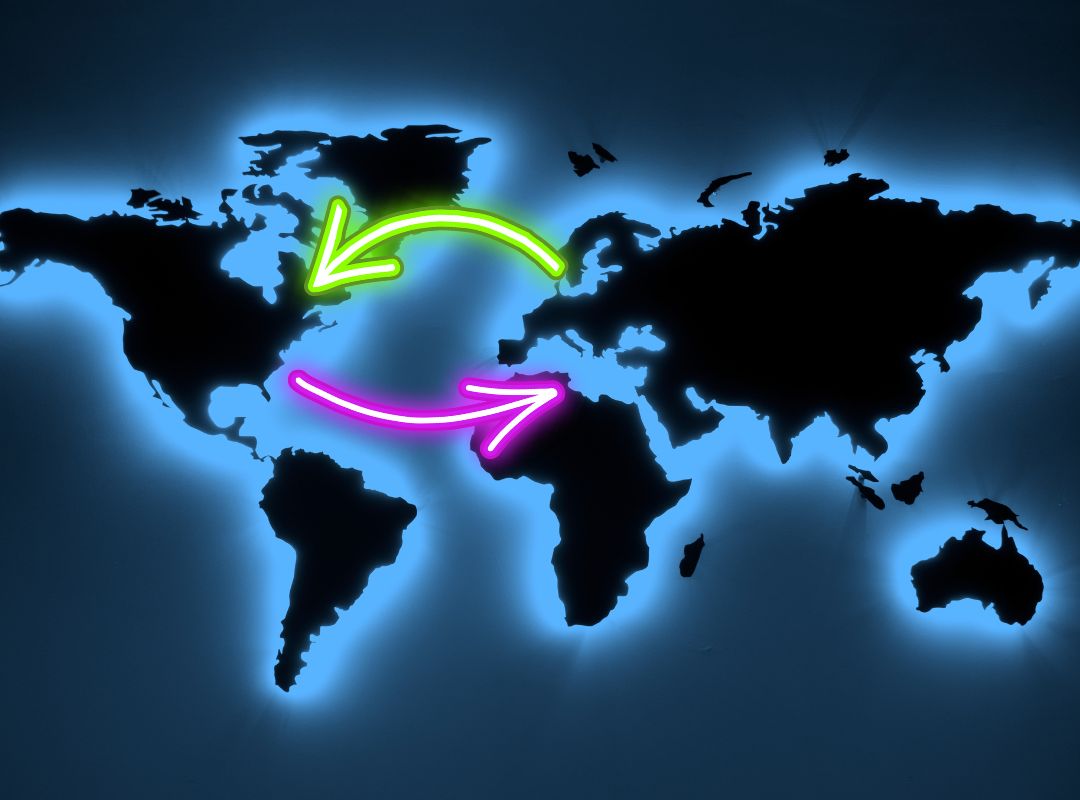Prior to the rise of agriculture, people were hunters and gatherers. After the domestication of plants and animals, people were able to cultivate their own food. Still, the only food available was what they grew or what they could catch; they couldn’t just go to the grocery store and buy whatever was on the shelf. In 1492, when Christopher Columbus came to America, he saw plants and animals that he had never seen before. He took them back to Europe with him. Columbus’s trips were the beginning of an exciting time in the history of food. People would be able to taste different foods; foods with flavors, shapes, and textures they had never experienced before!
The Columbian Exchange refers to the transfer of animals, plants, ideas, diseases, and more that occurred during the two centuries following Columbus’s arrival in the Americas. Global trade and cultural exchanges significantly altered the lives of people around the world, starting with one of their most basic needs—food.
It is estimated that nearly two-thirds of the foods consumed today originated in the New World (the Americas). Prior to the Columbian Exchange, these foods were unkown to Europeans. Foods that originated in Europe, Africa, or Asia are Old World foods. For example, mountainous Central Asia is the center of origin of apples, making them an Old World food. Central Asia is where the first wild apples grew and where apples were first domesticated by people. Today the wild ancestors of domestic apples still grow in Central Asia, and this is where the greatest genetic diversity in apples can be found.
People all over the world are constantly producing, processing, manufacturing, and transporting food. People all over the world are eating, gardening, hunting, shopping for food, and preparing food to be eaten. Everyone must eat to survive, but people in different regions of the world eat very differently from each other. Consider how and why geographic location affects what people eat. What plants and animals live in the area? What kinds of transportation are available to the area? Can planes, ships, or trucks deliver food that was grown in another part of the world?
Consider the foods you’ve eaten this week. Where did they originally come from? Where are they grown today? What percentage of what you consumed came from the New World? Would people from other parts of the world eat the things you eat or reject them because they are new and look different?
